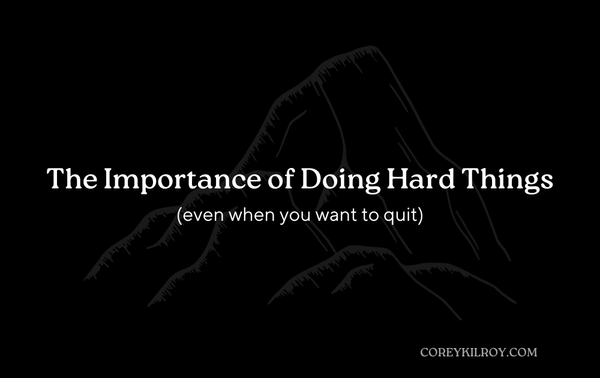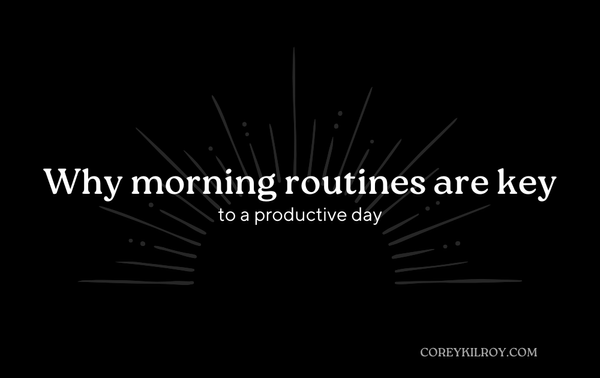Your First Steps to Eating Healthier.
Nearly 1 In 3 Adults (30.7%) Are Overweight. No, This Isn’t Going To Be Some Cliché Fat Loss Article. This Is MY Take On Some Of The Steps YOU Should Take To Eat A Healthier Diet.
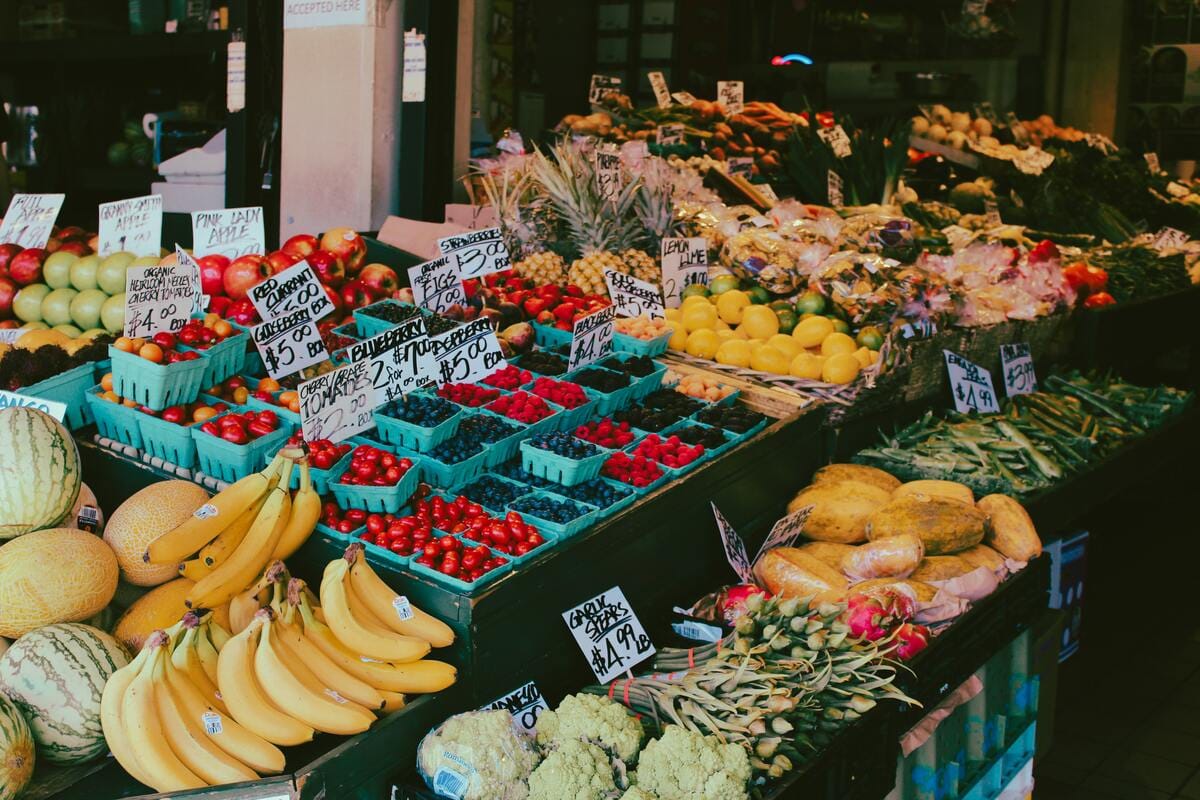
"Let food be thy medicine and medicine be thy food" -Hippocrates
Nearly 1 in 3 adults (30.7%) are overweight.
No, this isn’t going to be some cliché fat loss article.
This is MY take on some of the steps YOU should take to eat a healthier diet.
I’m completely naïve - Sometimes I need to remind myself that other people lack the knowledge on how to treat their bodies properly.
I see it way too often.
People just don’t know how to eat in a way that optimizes their bodily functions.
You think your body can properly get you through a day if you’re eating a donut for breakfast, Chick-Fil-A for lunch, and then some leftover chinese food for dinner?
Negatory.
Your energy and mental clarity will be completely down the drain.
Why Should You Care?
Picture this – you walk into the supermarket just to be immediately hit with the scent of today’s baked goods, this month's holiday promotions (I see you eyeing that old Halloween candy), and a million people navigating the building.
It’s a bit overwhelming right?
Supermarkets do this on purpose to trick your mind into thinking you need to get more than you really need. Or even worse, items that should just straight never be consumed.
*cough* {insert your favorite junk food here} *cough*
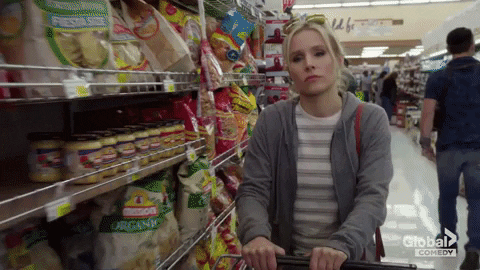
Seriously though, your decisions about food throughout the day is the first indication for how “healthy” you are eating.
When I go grocery shopping every week, it BAFFLES me to see what’s in some people's carts.
You think those Oreo’s, potato chips, and apple juice are gonna satisfy your cravings tonight?
Uhh… I don’t think so.
Not only that, but their carts are filled to the brim with these items. Straight blows my mind.
However… My goal here is to educate you on where to begin on your healthy eating journey, so you don’t end up like the folks mentioned above.
What Can You Do To Eat Healthier?
1. Shop the perimeter of the supermarket
Shopping the perimeter of the supermarket is referring to the practice of shopping the outside walls of the grocery store, including the produce, the deli, the fresh meats, and dairy section, and avoiding the prepackaged, processed, dried, and canned foods that are available in the interior shelves.
By doing this you’re keeping unnecessary sugars, dyes, preservatives, and mystery ingredients to a minimum.
Doing this prohibits you from entering the “danger zone” of the store – i.e. the inner aisles that contain all of the unhealthy, processed, foods.
And if you’re immediately thinking, “But Corey, the healthy food is so much more expensiveeee”...
You can literally get a POUND of broccoli for like 2 bucks. Beef for like $6. There’s 2-3 meals already for less than 10 dollars.
You can get creative too. There’s a reason our ancestors were so fit back then, because they created meals from whole foods that were available to them.
You don’t need to buy that keto snack crap for like $20 a piece either. Stick to the foods on the perimeter of the store and use some creativity to make delicious meals.
2. Eat high-quality protein (eggs, fish, red meat)
There are a plethora of reasons as to why protein is so beneficial to you. There’s a reason “gym-bros” have been advertising it for decades.

For one, protein is a “building block” for your muscles.
The amino acids play a major part in physiological processes relating to our energy, recovery, mood, brain function, and muscle and strength gains.
Especially if you're physically active, protein intake should be a huge priority. It will help muscle recovery after exercise and prevent muscle loss when losing weight.
Secondly, it helps keep you satiated throughout the day.
If you’re like me, you like to eat, and no matter what, your appetite is through the roof.
However, consuming foods high in protein can help keep that appetite at bay and reduce your hunger levels.
The reason for this is partly because protein reduces your level of the hunger hormone ghrelin. It also boosts the levels of peptide YY, a hormone that makes you feel full,
This can be powerful when trying to lose weight and you’re in a caloric deficit.
In one study, increasing protein intake from 15% to 30% of calories made overweight women eat 441 fewer calories each day without intentionally restricting anything.
3. Limit Sugar
Sugar isn’t completely bad for you… if it’s from the correct sources.
Sugar is naturally found in many whole foods such as fruit, vegetables, milk, cheese, and even grains.
However, food manufacturers love to add different forms of sugar and syrup to processed and packaged foods.
The ice cream, cookies, soda, and candy are a handful of “junk food” you may be familiar with, all containing nasty added and artificial sugars.
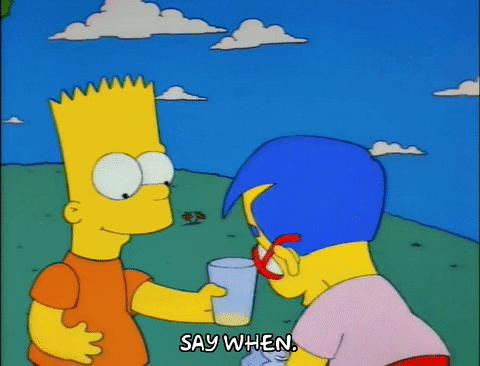
It is also found in less obvious products as well, such as ketchup, yogurts, sauces, salad dressing, and bread.
It’s extremely important to be wary of added and artificial sugars in the foods you eat.
That white bread you love most likely contains unhealthy sugars and enriched flours that are no bueno for your health.
Also, that Starbucks drink you love… most likely contains way too much sugar. Unless you’re that guy that drinks a black cold brew.
Consuming too much added sugar can raise blood pressure and increase chronic inflammation, both of which are pathological pathways to heart disease.
Look for the following names for added sugar and try to either avoid or cut back on the amount or frequency of the foods where they are found:
- brown sugar
- corn sweetener
- corn syrup
- fruit juice concentrates
- high-fructose corn syrup
- invert sugar
- malt sugar
- molasses
- syrup sugar molecules ending in "ose" (dextrose, fructose, glucose, lactose, maltose, sucrose).
4. Learn How To Read Nutrition Labels
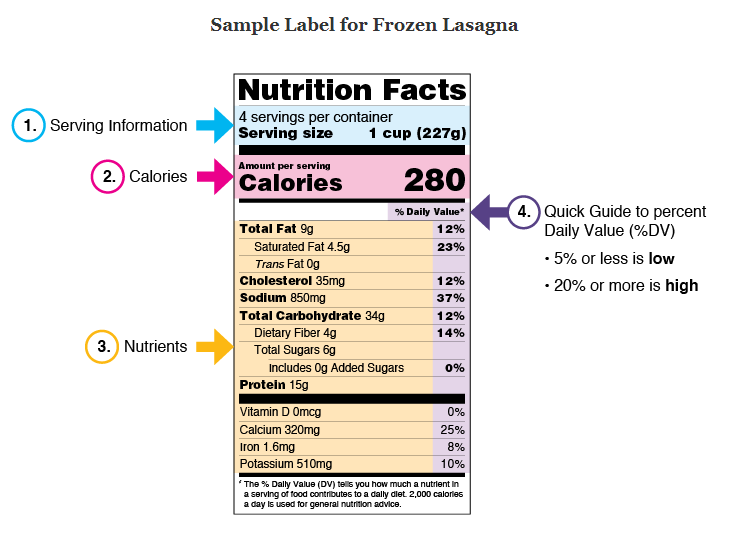
Above is a sample label for frozen lasagna provided by the FDA (beats me why they chose frozen lasagna).
In my opinion, the first three annotated portions of the diagram are the most important, followed by the ingredients list.
Use the “Serving Information” to help track and weigh the amount of food you’re eating.
Use the “Calories” to obviously determine how many calories you’re consuming per serving.
Use the “Nutrients” section to see what that food provides you in terms of macro/micronutrients. Too much fat (especially trans fat) can be detrimental. Sodium is an important factor to keep into account, along with the amount of Carbs, Sugars, and Protein.
A common thing to consider when reading these is that if the nutrient is greater than roughly 20% of the Daily Value, it’s too much. Except for Protein for reasons stated previously.
Another thing to keep in mind:
→ If the ingredients list is longer than your college essay , and contains words you have no idea how to pronounce… then it’s most likely a processed food or item that’s not healthy for you.
The ingredients section of a proper food will only contain whole foods you’re familiar with and no longer than 10ish items.
The order in which they’re listed indicates which ingredients are most prevalent, too.
So if you’re reading a label and the first ingredient says, “Sugar”, or any seed/vegetable oil… put that puppy back.
Also:
Using serving sizes to assess how much food you put on your plate can be helpful. Pay attention to your portions. How many servings are you eating?
Use your hand to help you measure serving sizes. For example:
- 1 teaspoon: This is about the size of the first joint of your thumb.
- 1 tablespoon: This is about the size of the first 2 joints of your thumb.
- 1 ounce: This is about what you can fit in your cupped hand.
- 2 to 3 ounces: This is about the size of the palm of your hand.
- ½ cup: This is also about what you can fit in your cupped hand.
- 1 cup: This is about the size of your fist.
Note: Use Cronometer to track your foods and calories for the day. It’s EXTREMELY helpful when keeping food and nutrient consumption into account on a daily basis.
In the end…
Eating healthy can be a very overwhelming task, and even more difficult to maintain consistently.
However, the tips above can be a great starting point for you when considering a much healthier eating lifestyle that your body will thank you for in the future.
TL;DR (Too Long; Didn’t Read)
- People’s eating habits around the world are causing obesity and health problems
- How you go about navigating the grocery store can play a huge role in what you consume
- Eating a diet high in protein, with reduced intake on artificial sugars and processed foods, and correct serving sizes can greatly increase a healthier a diet
Enjoy and good luck!
Until Next Time,
🙇🏻♂️🌱-C.
References
5 Steps for Eating Healthier - Fairview. https://www.fairview.org/patient-education/82590.
Center for Food Safety and Applied Nutrition. “How to Understand and Use the Nutrition Facts Label.” U.S. Food and Drug Administration, FDA, https://www.fda.gov/food/new-nutrition-facts-label/how-understand-and-use-nutrition-facts-label.
Haspel, Tamar. “Perspective | Food Deserts Don't Cause Obesity. but That Doesn't Mean They Don't Matter.” The Washington Post, WP Company, 27 Aug. 2018, https://www.washingtonpost.com/lifestyle/food/food-deserts-dont-cause-obesity-but-that-doesnt-mean-they-dont-matter/2018/08/22/df31afc0-a61b-11e8-a656-943eefab5daf_story.html?noredirect=on.
“Overweight & Obesity Statistics.” National Institute of Diabetes and Digestive and Kidney Diseases, U.S. Department of Health and Human Services, https://www.niddk.nih.gov/health-information/health-statistics/overweight-obesity.
Pasiakos, Stefan M., et al. “Effects of High‐Protein Diets on Fat‐Free Mass and Muscle Protein Synthesis Following Weight Loss: A Randomized Controlled Trial.” The FASEB Journal, vol. 27, no. 9, 2013, pp. 3837–3847., https://doi.org/10.1096/fj.13-230227.
“The Sweet Danger of Sugar.” Harvard Health, 6 Jan. 2022, https://www.health.harvard.edu/heart-health/the-sweet-danger-of-sugar.

